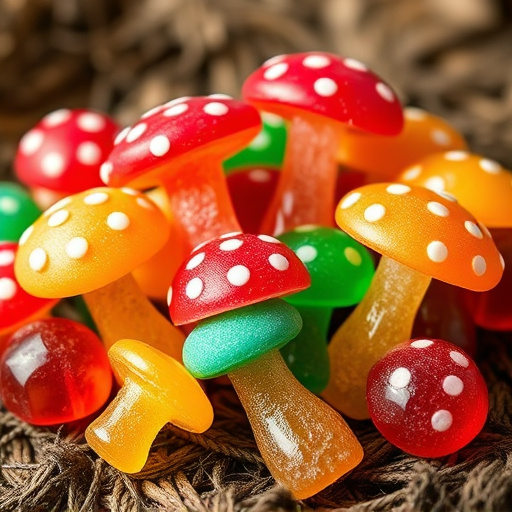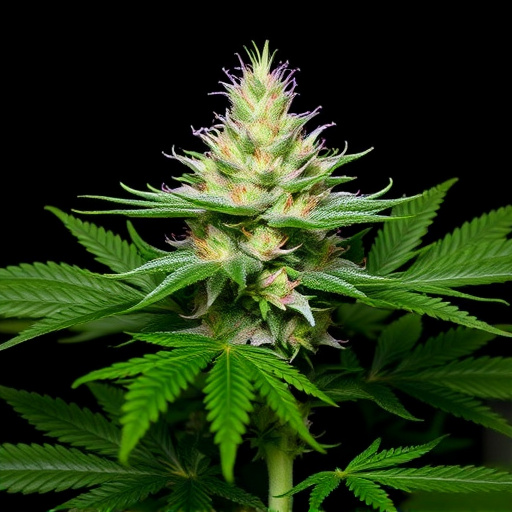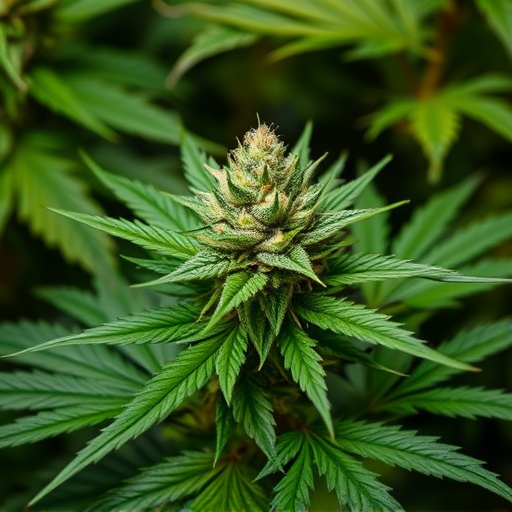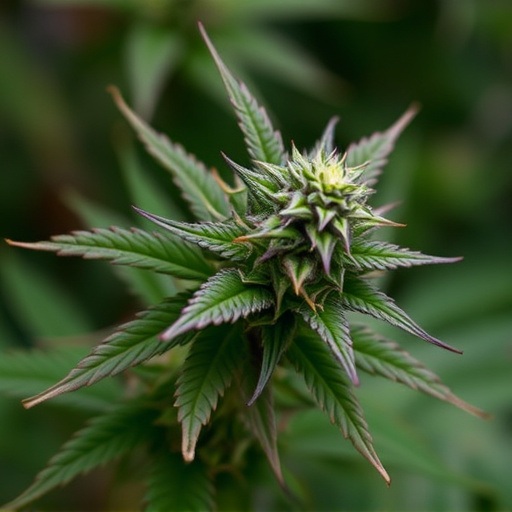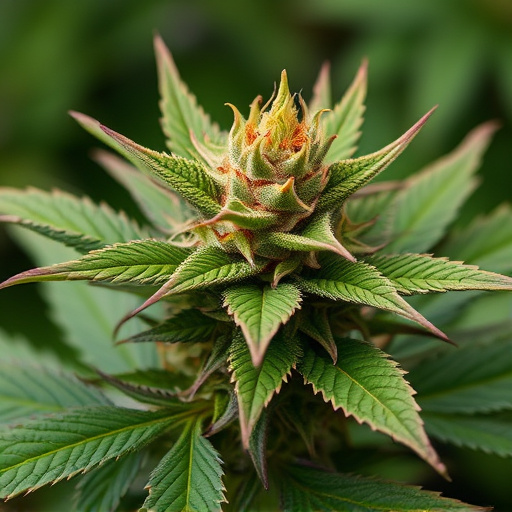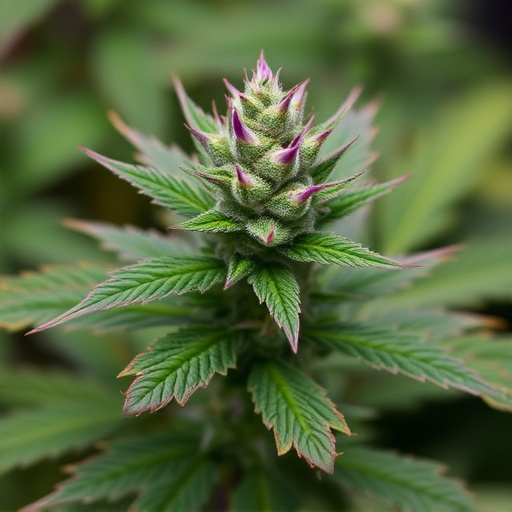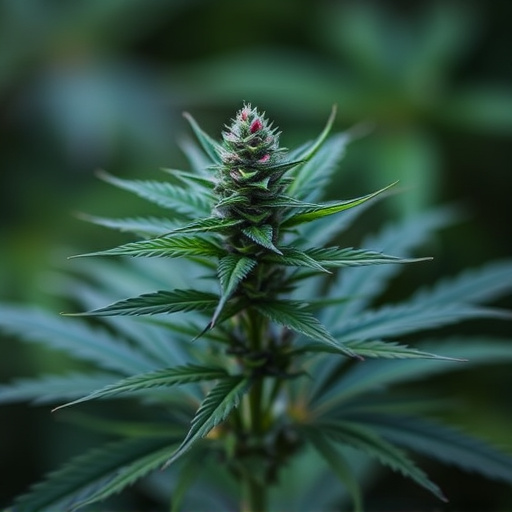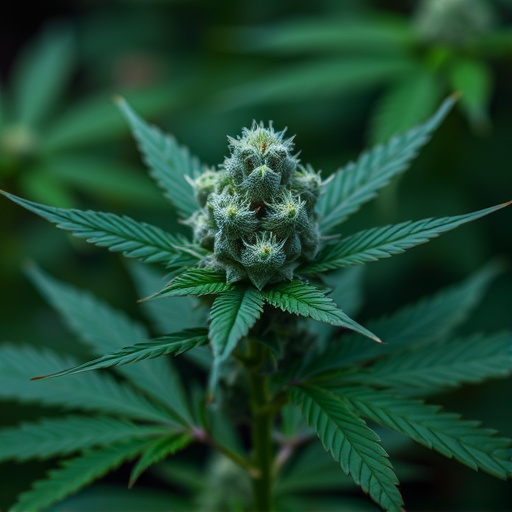Cannabis strains tailored for fibromyalgia management focus on balancing THC and CBD, with low/balanced THC and high CBD offering safe, effective relief without psychoactive effects. Individual responses vary, so exploring different strains and dosages under medical guidance is essential. Starting with low doses and increasing gradually allows for safe discovery of optimal strain-dosage combination for managing fibromyalgia symptoms.
“Unraveling the perfect balance of THC and CBD dosage for managing fibromyalgia symptoms is a critical step towards holistic wellness. This guide explores the intricate relationship between these cannabinoids, offering insights into their unique properties. We delve into how different cannabis strains can be tailored to individual needs, focusing on those effective for fibromyalgia relief. By understanding safety and efficacy considerations, readers will navigate the world of cannabis with confidence, discovering personalized dosing strategies for optimal well-being.”
- Understanding THC and CBD: The Key Components of Cannabis
- Cannabis Strains for Fibromyalgia: A Personalized Approach to Relief
- Determining the Right Dosage: Safety and Efficacy Considerations
Understanding THC and CBD: The Key Components of Cannabis
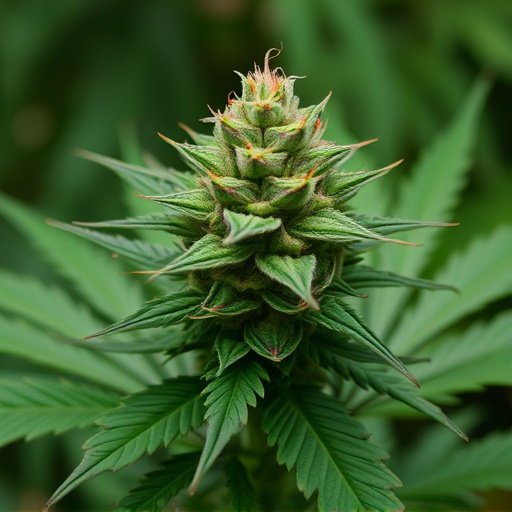
Cannabis is a complex plant with numerous chemical compounds, but two primary components that often capture the most attention are THC (Tetrahydrocannabinol) and CBD (Cannabidiol). These substances play a pivotal role in the therapeutic potential of cannabis, especially when considering strains for managing conditions like fibromyalgia.
THC is responsible for the plant’s psychoactive effects, inducing feelings of euphoria and relaxation. It interacts with the endocannabinoid system in the body, specifically binding to CB1 receptors in the brain, which can modulate pain perception. On the other hand, CBD lacks these intoxicating properties but has gained significant attention for its potential anti-inflammatory, anxiolytic (anxiety-reducing), and anticonvulsant effects. When considering cannabis strains for fibromyalgia, finding a balance between THC and CBD is crucial to harness their therapeutic benefits while mitigating any adverse effects associated with higher THC levels.
Cannabis Strains for Fibromyalgia: A Personalized Approach to Relief
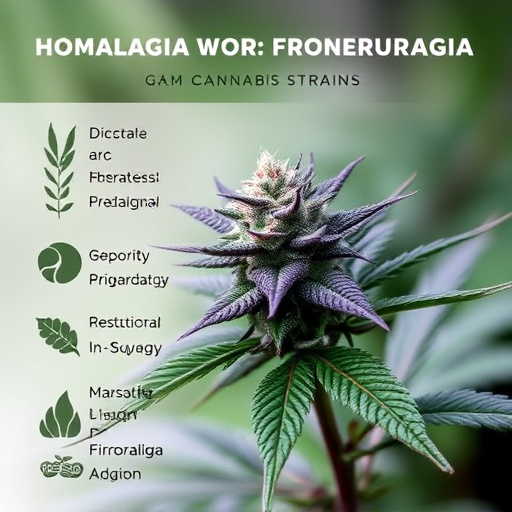
Cannabis has emerged as a potential treatment option for those living with fibromyalgia, offering a personalized approach to relief. Different cannabis strains have distinct chemical profiles, including varying levels of THC (tetrahydrocannabinol) and CBD (cannabidiol). For individuals with fibromyalgia, specific strains known for their pain-relieving properties can be beneficial.
THC, the compound responsible for cannabis’s psychoactive effects, has been shown to interact with the body’s endocannabinoid system, which plays a role in regulating pain perception. Balanced or low THC strains, often combined with higher CBD levels, are popular among fibromyalgia patients. CBD itself is non-intoxicating and is believed to counteract THC’s potential anxiety-inducing effects while providing anti-inflammatory and analgesic (pain-relieving) benefits. Personalization is key; what works for one patient might differ from another, making it important to explore various strains and dosages under the guidance of a healthcare professional.
Determining the Right Dosage: Safety and Efficacy Considerations
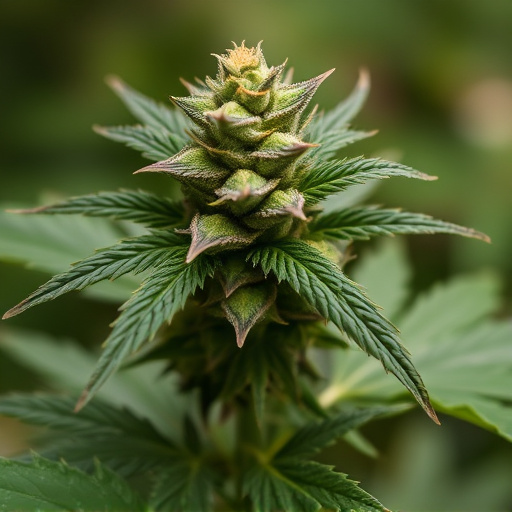
Finding the appropriate THC (tetrahydrocannabinol) and CBD (cannabidiol) dosage is a crucial step in maximizing the benefits of cannabis for managing conditions like fibromyalgia while ensuring safety and efficacy. It’s important to remember that everyone’s response to cannabis varies, influenced by factors such as tolerance, metabolism, and individual neurological makeup. Starting with a low dose and gradually increasing it until desired effects are achieved is a common and safe approach.
When considering cannabis strains for fibromyalgia, knowing the cannabinoid content of each strain is essential. For instance, CBD-rich strains offer potential therapeutic benefits without the psychoactive effects associated with THC. Balanced or high-THC strains can provide pain relief but may also induce anxiety in some users. Monitoring how your body reacts and adjusting the dosage accordingly is key to finding the optimal combination for managing fibromyalgia symptoms effectively.
When exploring cannabis strains for fibromyalgia, finding the right THC and CBD dosage is crucial. By understanding the effects of these compounds and considering personalized approaches, individuals can navigate safety and efficacy concerns effectively. A balanced combination of THC and CBD, tailored to individual needs, may offer relief from fibromyalgia symptoms. Always consult healthcare professionals before using cannabis for medical purposes.


